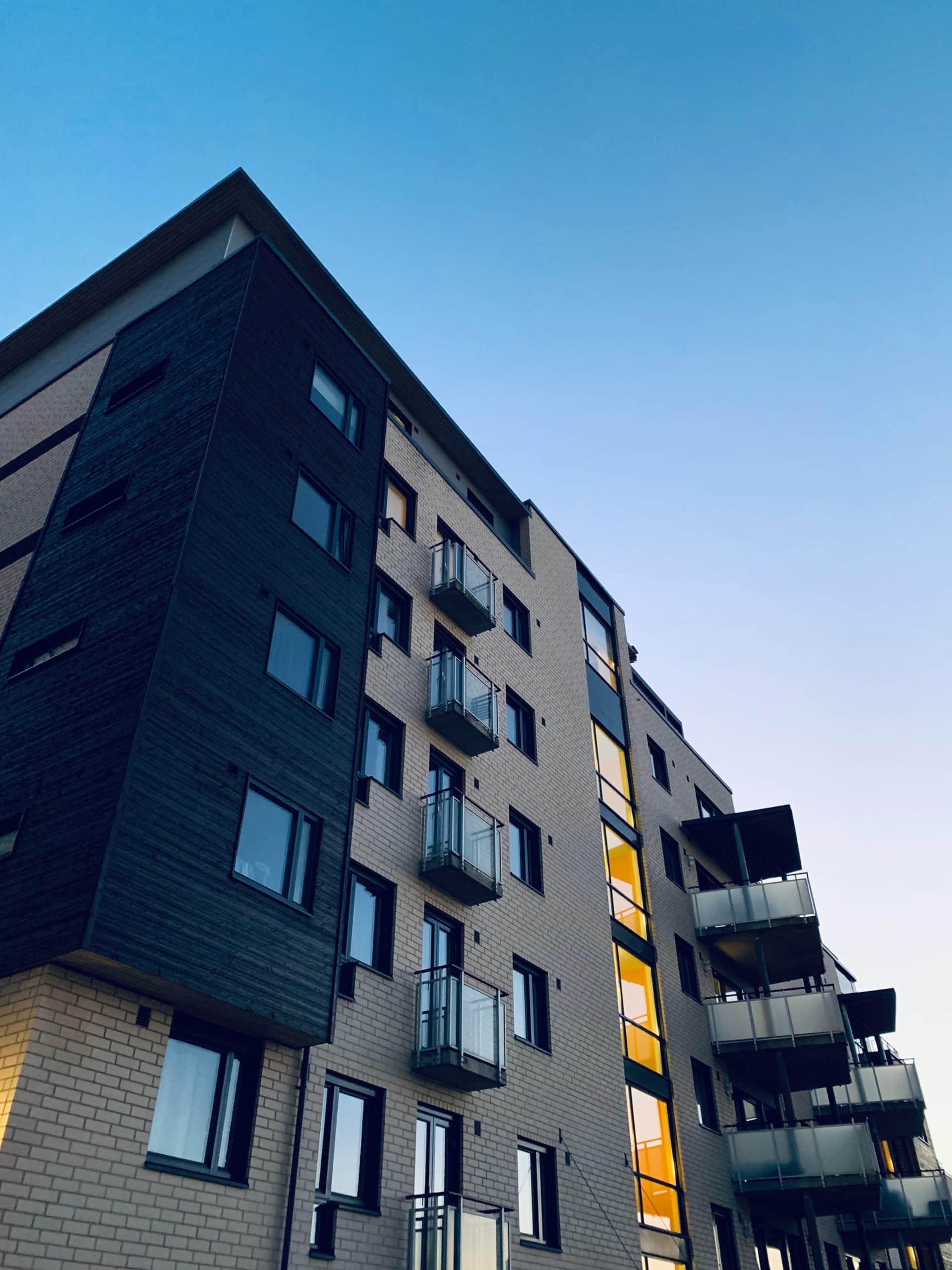
6 Principles for Re-Designing the Sustainable Suburbs for the Future

There seems to be no drop in interest for suburbs. After the back-to-the-city movement of 2009-2012, people seem to be favoring suburban neighborhoods again, so they need to be redesigned to accommodate the new generation of homeowners. Unfortunately, our perception of living has become somewhat binary – you either live in Brooklyn high-rise or in a suburban house in Tucson. In order to be sustainable, suburbs will have to take the best of both worlds. So what can be done in this direction?

Proximity instead of density
The idea of densification doesn’t seem to appeal to many suburbanites. At the end of the day, they choose suburbs for peace and quiet, more space for their kids, and comfortable dwellings. Still, suburban living has a few negative downsides that need to be re-designed, such as the need to drive everywhere, isolation from other people, and children being dependent on their parents until they reach the driving age. In people’s minds, density is often associated with something bad, while proximity has more positive connotations.
While psychologists and marketing experts could argue whether it’s all the question of perception, density could mean living in less than 300 sq. ft. on the 13th floor, and proximity can mean walking just around the block for groceries when you decide you want a delicious homemade dinner. Density comes with noise, traffic jams, and pollution, while proximity means a park with athletic tracks and an outdoor gym within a half-mile radius. Still, proximity can exist in many forms without making density look bad.

Reconnected grid
Some unavoidable densification is just a small part of the equation. Many suburbs are already optimally dense but the residents still depend on cars because the street grid has been developed as a never-ending maze of back alleys and cul-de-sacs. The lack of traditional sidewalks means people need to drive their children to school even if it’s just 500 yards away. The redesigned suburban grid needs to include reconnected streets, with more focus on infrastructure density than population density. The first step would probably be to make small links leading from cul-de-sacs to strip malls, followed by creating isolated pods of residential lots that can be accessed from arterial roads.

Sustainable land use and housing strategy
Keeping the suburb true to its roots as well as creating a clear separation between suburban and urban neighborhoods is the key to sustainable land use in suburbs. Above all, it’s important to create walkable routes through neighborhoods and fortify them with great public transit to reduce the dependence on automobiles. To meet this end, sustainable property development efforts have to include housing in walkable neighborhoods, mixed-use environments, and renovation of existing homes. One perk of suburbs over cities is that they allow for a variety of housing options that lessen the impact of densification. Innovative and sustainable types of housing include accessory dwelling units, co-housing, and housing above retail space.

Suburban agriculture
While about 55 percent of the world’s population live in urban areas, these areas produce barely one percent of the world’s food. Instead, food travels thousands of miles to reach suburban communities. To make suburbs more sustainable and independent, it’s necessary to minimize the food miles by growing food locally. One way to cope with the lack of land is to adopt the pioneering concept of vertical farming. Backed up by aeroponic and hydroponic systems, these 12-level farms are designed to automatically administer needed amounts of nutrients and water into the soil, reducing the labor requirements. By growing their own food, suburban communities will ensure a steady supply of healthy organic food, while eliminating nutrient loss and the carbon emissions associated with long-distance travel.

Multi-modal transportation
A personal automobile is one of the essential aspects of the suburban way of life that needs a thorough revision. Private cars are not by any means a sustainable mode of transportation, so emphasis must be placed on fast, comfortable, and efficient public transportation, which would combine rail, tram, and bus. Besides public transport, suburban development planners need to configure multi-modal mobility options which make pedestrian and bicycle infrastructure integral components of the green transportation strategy.

Re-gained identity
As a result of metropolitan expansion, many small towns were swallowed and “suburbanized” but still retain traces of old centers. On the other hand, new suburbs will need to create their own town centers as hubs of public life. Instead of becoming dormitory towns, suburbs of the future need to be modeled as picturesque satellite villages with great transit connections to the city. Development of pedestrian and bicycle-friendly, mixed-use town centers will provide an infrastructure for a variety of resident-centered small businesses and amenities that make the suburban way of life more fulfilling.
These six directions of future suburban development are only the tip of the iceberg, as we need many more sustainable trends to lessen the impact of our expanding population on the planet.



Post a comment